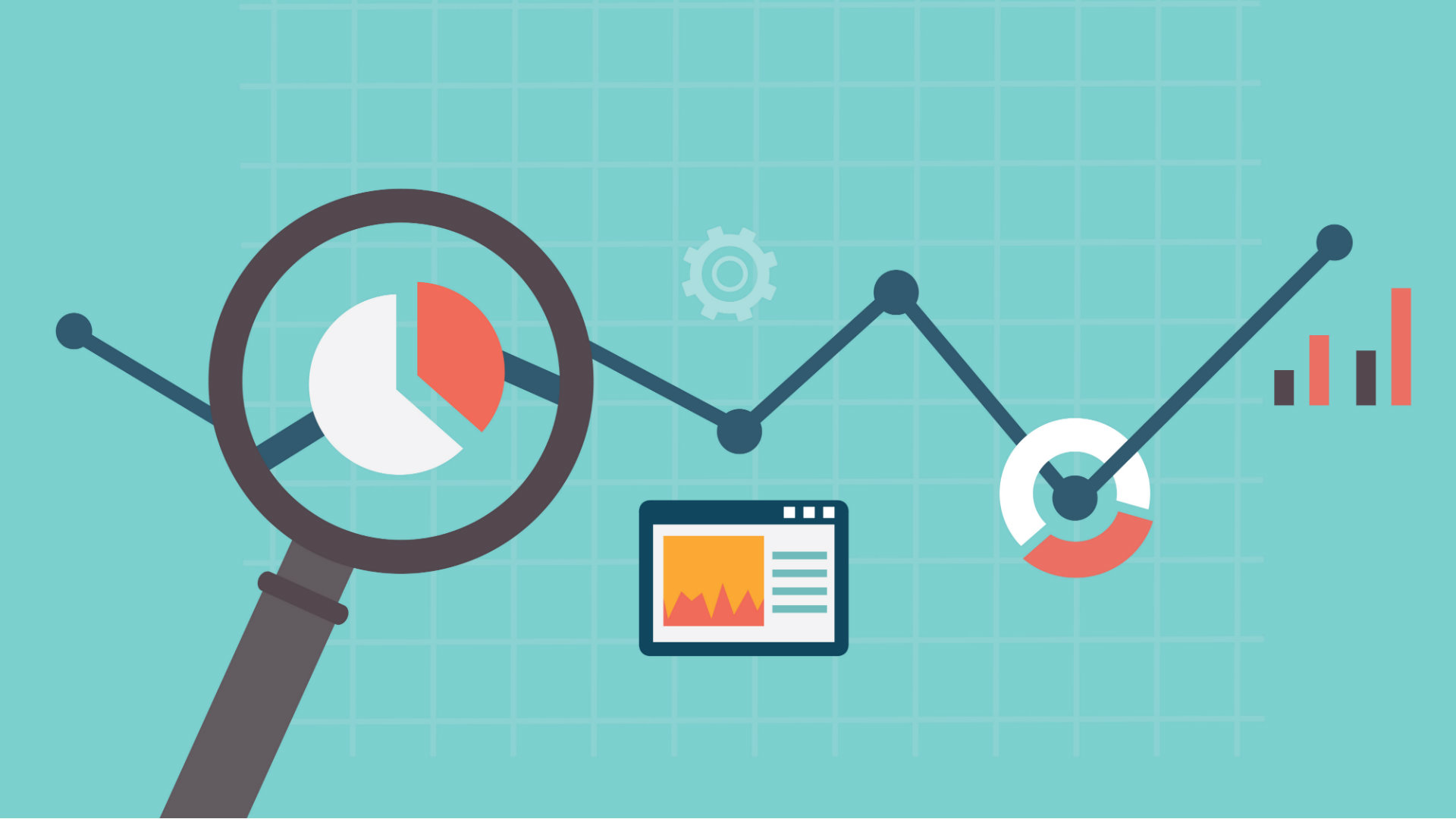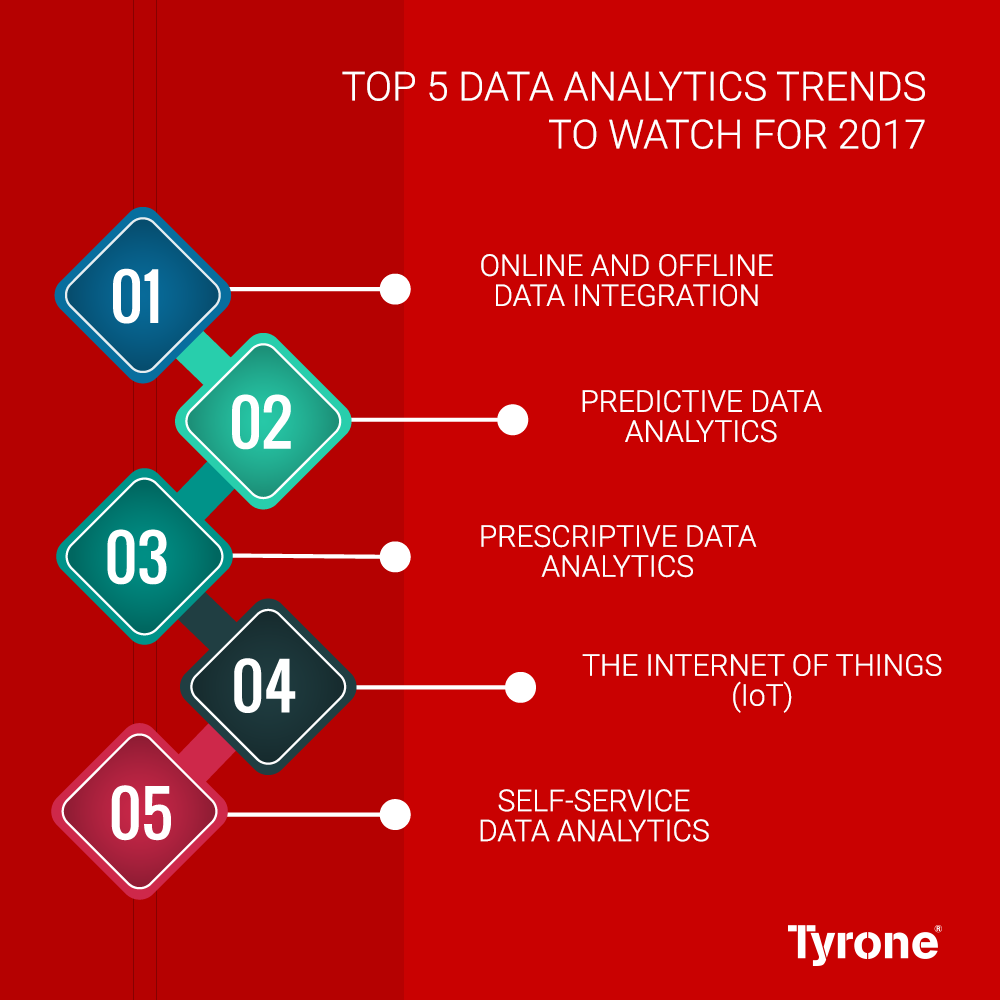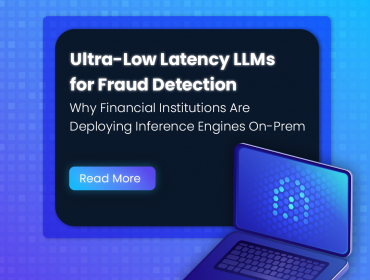2016 was a landmark year for big data with more organizations storing, processing, and extracting value from data of all forms and sizes.
In 2017, systems that support large volumes of both structured and unstructured data will continue to rise. The market will demand platforms that help data custodians govern and secure big data while empowering end users to analyze that data.
Here are Top 5 data analytics trends to watch for 2017
1) Online and offline data integration
This is used to combine the data from a business in one place. This means data from the cloud and on-premises as well as legacy systems can be merged to give business owners a single view of their circumstances. This single view allows owners to make better decisions about how to promote and run their companies.
2) Predictive data analytics
Predictive data analytics allow business owners to predict what their customers will need in the future, rather than assume that what has worked in the past will continue to work in the future. This market is expected to grow at a CAGR of 25% between 2015-2020, according to Quantzig.
3) Prescriptive data analytics
Prescriptive data analytics take predictive data analytics one step further: it analyzes different decisions the user could make in terms of the outcome and how that outcome relates to the user’s goal. This allows the user to adjust their plan before putting it into effect, potentially saving time, money, and embarrassment. Some experts predict nearly 40% of businesses will use prescriptive data analytics by 2020.
4) The Internet of Things (IoT)
IoT provides enormous amounts of data. As consumers become more and more connected, we will see more reliance upon IoT data. Businesses can use this data to customize their dealings with each and every customer.
5) Self-service data analytics
Self-service data analytics software means that you do not have to be an experienced data analyst to analyze data related to your business. Vendors pushed for software that is user-friendly, and now they have it. In 2017, we will see more small businesses opt for self-service data analytics software to access and analyze data so that they can react to customer patterns in near-real time.












